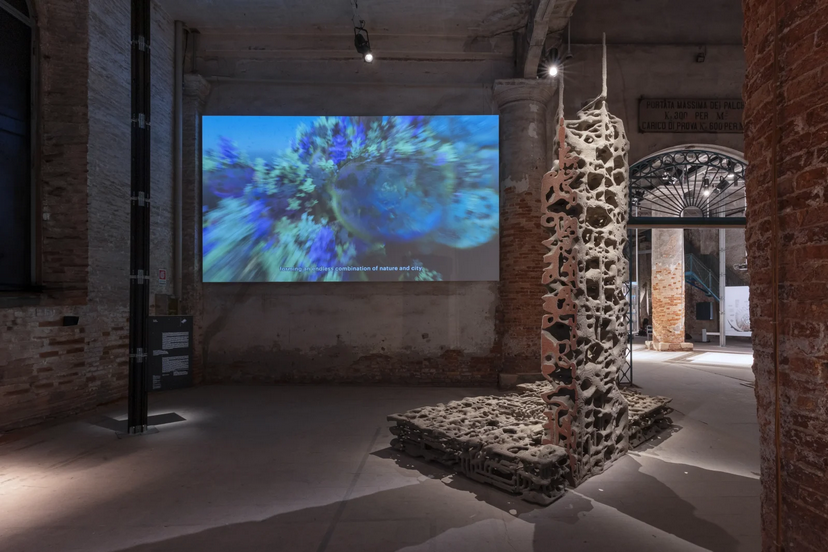What if architecture didn’t just exist in nature, but behaved like it? That’s the provocation behind BIOTOPIA: Propagative Structures, the visionary installation by The Why Factory and artist Federico Díaz at the 2025 Venice Architecture Biennale. The project imagines a future in which biology becomes the basis of design, and our cities are not just livable but alive.
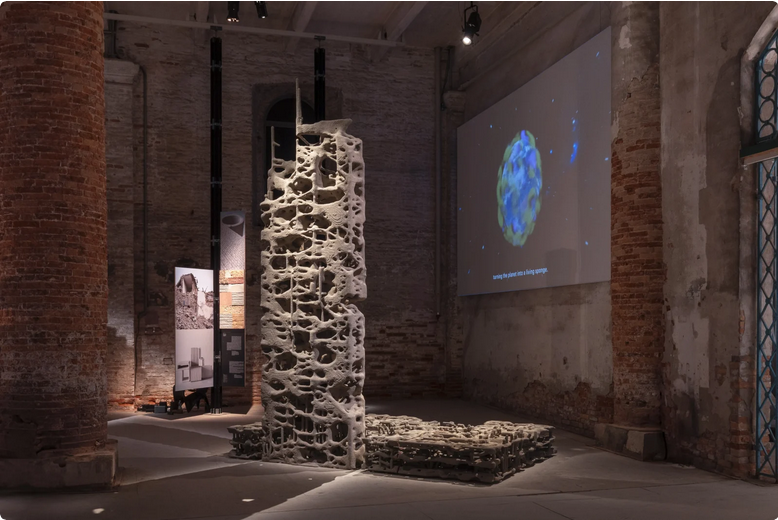 It proposes a built environment that mimics the logic of living systems, growing, adapting, decomposing, and regenerating in harmony with its ecosystem.
It proposes a built environment that mimics the logic of living systems, growing, adapting, decomposing, and regenerating in harmony with its ecosystem.
 The sculptural installation was inspired by the resilience and networked intelligence of natural systems like mangrove roots. It suggests a future where buildings are no longer static objects but evolving processes, initiated, rather than completed, becoming active participants in the planet’s metabolic flows.
The sculptural installation was inspired by the resilience and networked intelligence of natural systems like mangrove roots. It suggests a future where buildings are no longer static objects but evolving processes, initiated, rather than completed, becoming active participants in the planet’s metabolic flows.
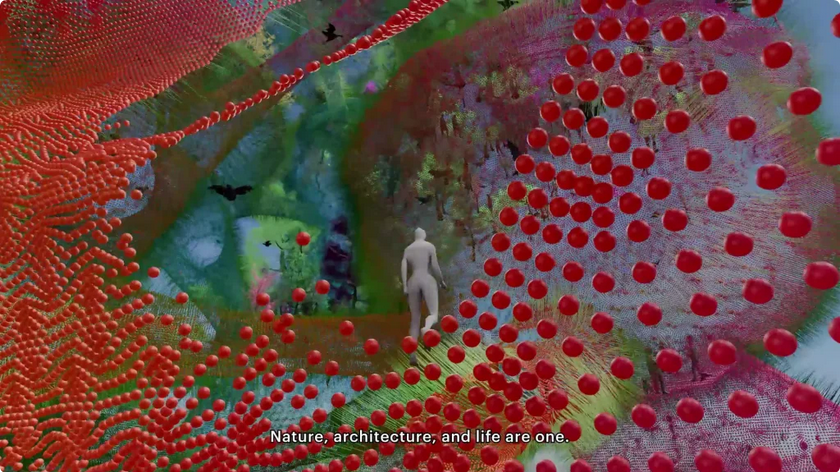 Paired with the installation is a film that visualizes an urban future where bio-matter reshapes human settlements into self-sustaining systems. Cities become forests, buildings grow like trees, and bioluminescent lighting lines the streets. It is a speculative world built not merely with nature, but as nature.
Paired with the installation is a film that visualizes an urban future where bio-matter reshapes human settlements into self-sustaining systems. Cities become forests, buildings grow like trees, and bioluminescent lighting lines the streets. It is a speculative world built not merely with nature, but as nature.
 The idea is rooted in years of research at The Why Factory and developed through design studios at TU Delft and CTU in Prague. BIOTOPIA challenges the wasteful, rigid conventions of modern construction and is not just about sustainability, it is about embracing a new design ethos that aligns with the intelligence and rhythms of the natural world.
The idea is rooted in years of research at The Why Factory and developed through design studios at TU Delft and CTU in Prague. BIOTOPIA challenges the wasteful, rigid conventions of modern construction and is not just about sustainability, it is about embracing a new design ethos that aligns with the intelligence and rhythms of the natural world.
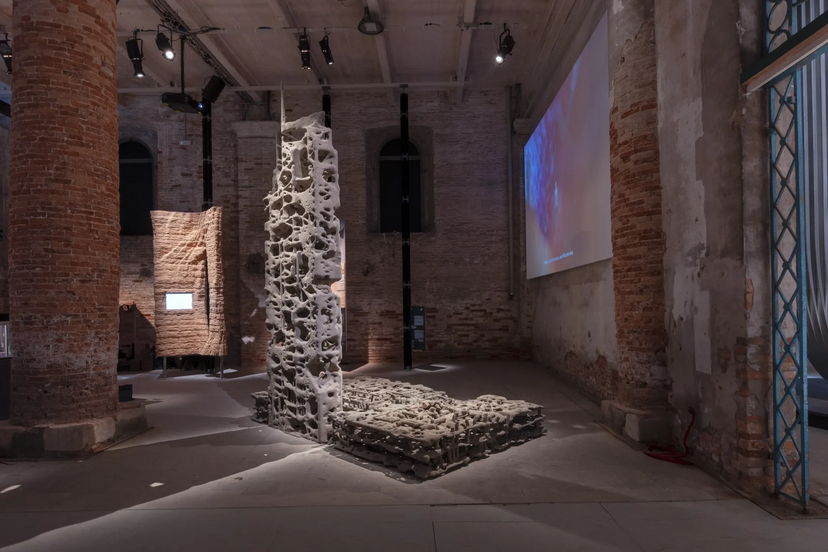 Winy Maas poses the central question: “How can natural sciences, automation, nanomaterials, robotics, biotechnology, or biomimicry contribute to establishing new relationships among humans and all other living organisms? We are not designing finished objects; we are initiating life processes. Let’s invent and dream. Let’s imagine Biotopia. ”
Winy Maas poses the central question: “How can natural sciences, automation, nanomaterials, robotics, biotechnology, or biomimicry contribute to establishing new relationships among humans and all other living organisms? We are not designing finished objects; we are initiating life processes. Let’s invent and dream. Let’s imagine Biotopia. ”
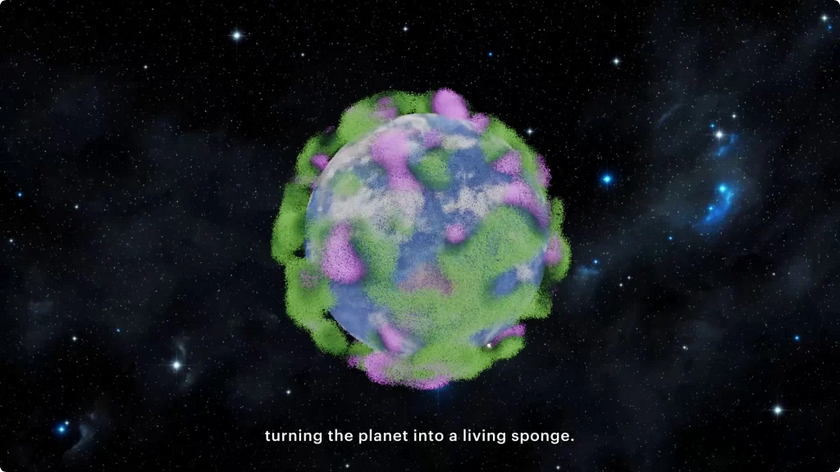 You can read the original article at parametric-architecture.com
You can read the original article at parametric-architecture.com

